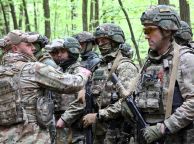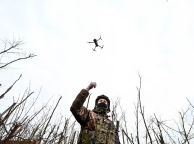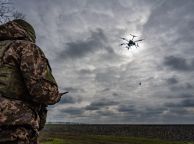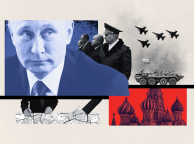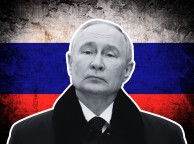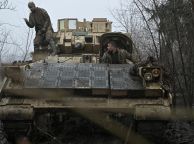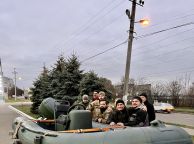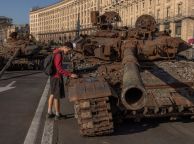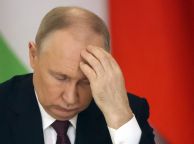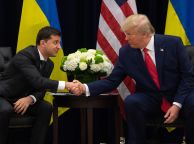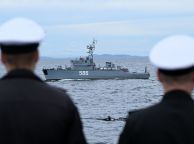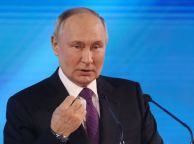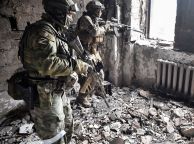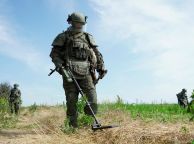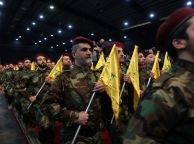Russian army training will change to focus more on preparing troops for high-intensity combat operations in response to experiences faced in Ukraine, it has been reported.
Russia has suffered high casualties in its invasion, with a U.S. intelligence assessment suggesting this week that Moscow has lost 87 percent of the total number of active-duty ground troops it had prior to launching the invasion.
The British Ministry of Defense said that there has been a huge spike in Russian casualties linked to Moscow's offensive launched in October towards Avdiivka in the Donetsk oblast.
But the newspaper Izvestia, which is aligned with the Kremlin, said there would be a new approach to training Vladimir Putin's troops for the frontline, outlining what it described as updated techniques "to help soldiers survive in difficult situations."
The paper said that the training was aimed primarily at those who will have to participate in the "special military operation," using the official Kremlin term for its full-scale invasion of Ukraine.
Colonel Alexander Perendzhiev, associate professor at Plekhanov Russian University of Economics, told Izvestia that the draft document had been drawn up after interviews with soldiers, sergeants and junior officers who had "endured all the hardships of frontline service."
"We had to find out what qualities the fighters on the frontline lack in modern warfare conditions," he said. "We are confronting Ukrainian forces whom NATO stands behind. The enemy is a very serious one and to defeat it, you need to take into account many nuances."
"Physical training is the basis that allows soldiers and officers to effectively carry out their combat missions and survive in difficult conditions," he said.
The newspaper said that the draft training document, which will be approved by the end of the year, emphasizes "the combat component" of fighting, and that troops would need to undergo strength exercises "to develop tactical endurance."
Russian manuals on physical training have been updated from time to time, such as following the war in Georgia in 2008, and the new training will be in hand-to-hand combat, military-applied swimming, and cross-country skiing. One drill would require troops running more than three miles in full equipment.
Russian soldiers who meet the new fitness demands can also receive monthly bonuses of between 15 percent and 100 percent of their official salary.
As well as the high losses faced by Russian forces in Ukraine there are numerous reports of low morale, poor training and calls by relatives for mobilized troops to be allowed to return home. Newsweek has contacted the Russian defense ministry for comment.

